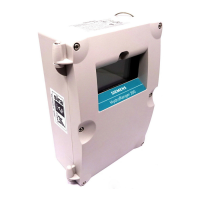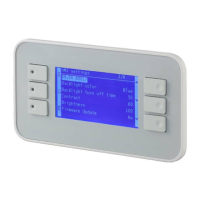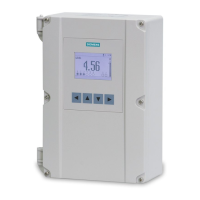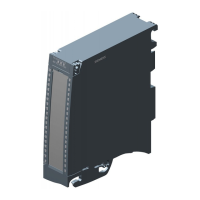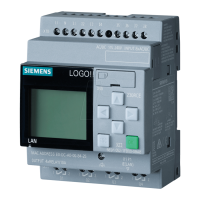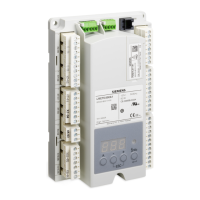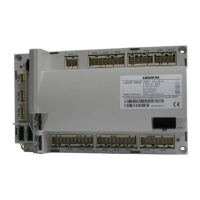Availability, mobility, and controller functionality
A31003-W1040-U101-1-7619, July 2006 DRAFT
210 HiPath Wireless Controller, Access Points and Convergence Software V4.0, C10/C100/C1000 User Guide
hwc_controlleravailmobility.fm
Using controller utilities
● Read/Write Community Name – Specifies the community name for users with read
and write privileges
● SNMP Trap Port – Specifies the destination port for SNMP traps. The industry
standard is 162. If left blank, no traps are generated.
● Forward Traps – Specifies the security level of the traps to be forwarded. From the
drop-down list, select Informational, Minor, Major, or Critical.
● Manager A – Specifies the IP address of the specific machine on the network where
the SNMP traps are monitored
● Manager B – Specifies the IP address of a second machine on the network where the
SNMP traps are monitored, if Manager A is not available
8.7 Using controller utilities
You can use HiPath Wireless Controller utilities to test a connection to the target IP address or
to record the route through the Internet between your computer and the target IP address.
To test or record IP address connections:
1. From the main menu, click Wireless Controller Configuration. The Wireless Controller
Configuration screen appears.
2. In the left pane, click Utilities. The Wireless Controller Utilities screen appears.
3. In the Target IP Address box, type the IP address of the destination computer.
4. To test a connection to the target IP address, click Ping.
5. To record the route through the Internet between your computer and the target IP address,
click Trace Route.
The following shows an example screen after clicking the Trace Route button.
>
For security purposes, it is recommended that you immediately change the Read
Community Name (public) and the Read/Write Community Name (private) to names
that are less obvious and more secure.

